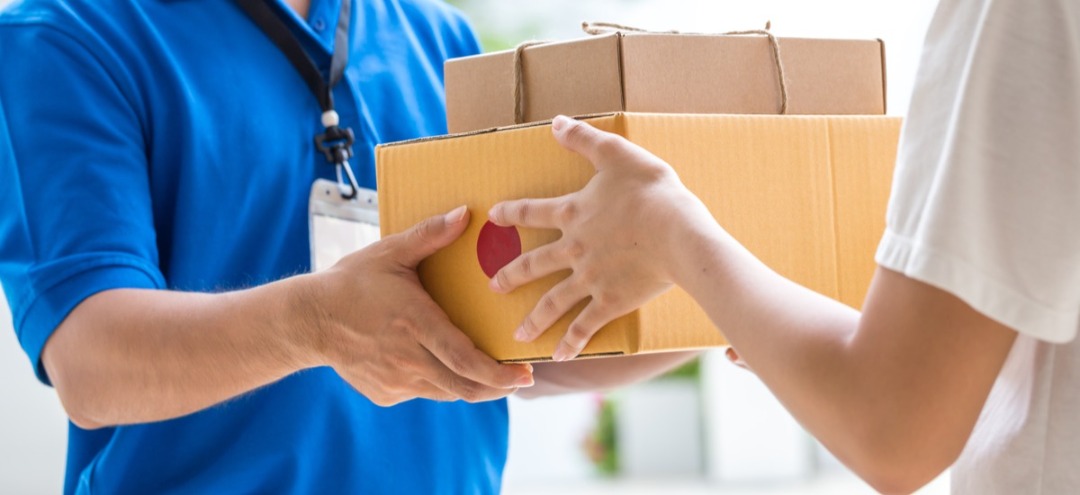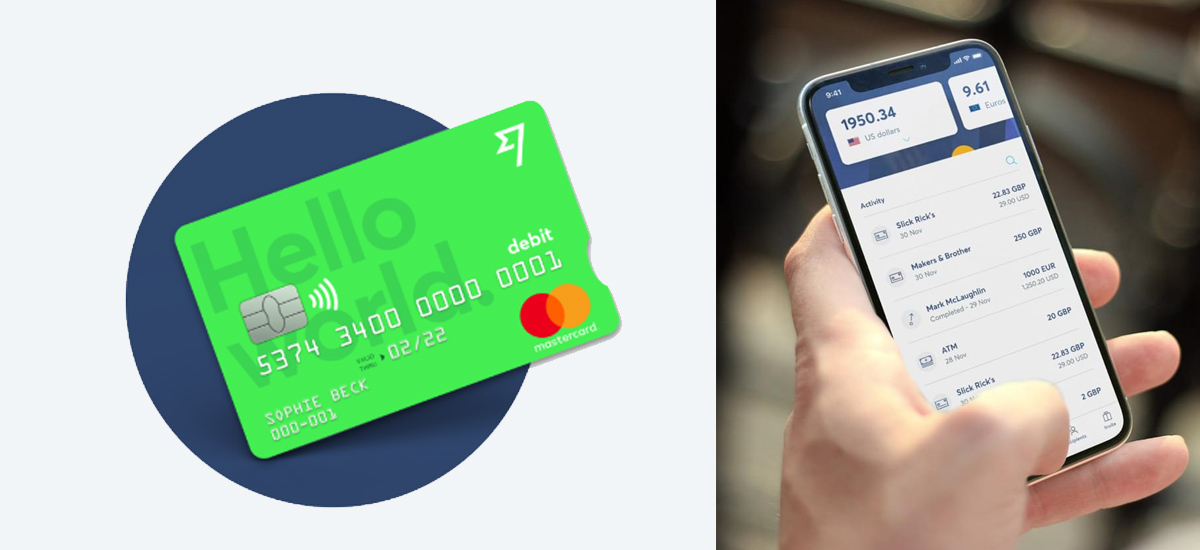10 Best International Schools in Singapore (2023 edition)
Explore the best international schools in Singapore offering diverse curricula, languages, and quality education from our review.

If you’re planning to import goods to Singapore from overseas, you’ll need to know about the Singapore import tax. Also known as Goods and Services Tax (GST), this can also affect travellers and holidaymakers who shop abroad and want to bring their purchases back home to Singapore.
But how does GST on imports work and crucially, how much does it cost? We’ll cover everything you need to know in our handy guide below.
Plus, we’ll even throw in a handy tip to help you save money with the Wise multi-currency card when shopping abroad, which can be handy if you have GST to pay when you return to Singapore.

But first, let’s look at the basics you need to know about the Singapore import tax.
| 📝Table of contents: |
|---|
All goods that are brought into Singapore are subject to the Goods and Services Tax (GST), unless they fall under an exempt category. There are also some circumstances in which GST relief may apply, which we’ll look at in just a moment.
| GST is calculated based on the value of the goods, and may also include the cost, insurance, freight (CIF) and other chargeable costs. It’s payable whether or not you’ve already paid a foreign sales tax when you bought the goods. |
|---|
There are two ways you can pay customs tax in Singapore¹:
By making an advance declaration before you arrive back in Singapore (or before the goods arrive). You’ll need to do this no more than three days before your arrival, using the Customs@SG mobile app or web portal. Once you’ve completed this process, you should get an e-receipt to take with you in case you’re stopped at customs when entering Singapore. You can simply show this from your smartphone or other mobile device as proof of GST payment.
By declaring and paying the GST at the Customs Tax Payment Office.
⚠️ It’s your responsibility as the importer of the goods to be honest, accurate and thorough when declaring the value of goods, and paying the right amount of GST.
If you don’t have a receipt or a price tag for the item(s) you’re importing, you’ll still need to pay the import tax. The value for GST purposes will be estimated based on the original price paid, or the value of identical or similar goods in the country you bought the item from.
The current rate of GST on imports in Singapore is 7%¹. Remember that this is a percentage of the value of the item, plus cost, insurance and freight (CIF) and other chargeable costs. It may also include the duty payable on the goods.
You might not think that the Singapore import tax will apply to you if you’re not a business importing goods. However, it can also affect travellers and holidaymakers wanting to bring overseas purchase back into the country.
So, if you’re carrying something back with you (either in hand luggage or your suitcase) and it doesn’t fall into one of the exempt categories for GST relief, you may have to pay the import tax.
The good news is that in most cases, items brought back for personal use or consumption will be covered under GST relief. Let’s take a look at that now.

If you’re buying goods abroad to bring back to Singapore for your own personal use, you may be granted GST relief.
This doesn’t apply to any items imported for commercial purposes, so you can’t get GST relief if you’re importing items into Singapore for your business.
| 🕘 The amount of GST relief you’ll get depends on how long you’re away from Singapore. If you’re visiting another country for 48 hours or more, you’ll get S$500 of GST relief². For overseas trips of less than 48 hours, you’ll only get GST relief of S$100². |
|---|
This figure is the maximum value of goods you can bring back into Singapore (for personal use) from other countries, without having to pay customs tax. If the value of your goods is more than your GST relief limit, you’ll have to pay tax on the remaining amount.
So, for example, you shouldn’t have to pay tax on souvenirs, gifts, food and new items bought on a week-long holiday in Thailand as long as the total value doesn’t exceed S$500.
If you buy something abroad - say a designer handbag worth S$1,000 - on the same trip, you’ll need to pay the import tax of 7% on S$500 of the value. This is because you’ll have exceeded the threshold for GST relief for a trip of more than 48 hours.

If you want to import goods from overseas by post, by shopping online and taking advantage of international shipping, you’ll get GST relief on up to S$400 worth of goods².
A crucial difference here though - compared to bringing goods into the country yourself - is that you won’t get any GST relief if the order value exceeds S$400. So, if you go over this threshold, the import tax of 7% is chargeable on the whole value of the order.
Not everything you want to bring back with you from your holidays will be eligible for GST relief¹. It doesn’t apply to the following (which includes online shopping purchases):
Another important thing to remember is that GST relief is only for Singapore citizens and permanent residents. Even if you have a work, student, dependent or long-term pass covering your time in Singapore, you may not be eligible to receive GST relief. So, anything you have shipped into Singapore or bring back from abroad may be subject to the 7% import tax.

Whether or not you have to pay the Singapore import tax, it’s always smart to find the very best deal when shopping internationally - whether in-person or online. This is why savvy global travellers use Wise.
Open a Wise multi-currency account and you can get an international multi-currency card to use in 200+ countries.
Unlike some other debit cards, the Wise card does a very clever thing. It automatically converts to the local currency at the real, mid-market rate whenever you spend. Without an expensive mark-up on the exchange rate (which is often applied when you use your bank’s debit card), this can help to make your purchase a little cheaper.
There are no foreign transaction fees to worry about either - only a tiny fee to convert the currency. But if you already have EUR, USD, GBP or whatever the local currency is in your Wise account, you won’t pay a thing.
So, that’s pretty much it - all the essentials you need to know about the Singapore import tax. It can catch you unawares if you’re buying high value items in other countries, as these will take you above the threshold for GST relief.
But hopefully after reading this guide, you should have a better idea of what Singapore GST is, how it works and crucially, how much it’ll cost you. Happy shopping!
Sources used for this article:
Sources checked on 2 June 2021
*Please see terms of use and product availability for your region or visit Wise fees and pricing for the most up to date pricing and fee information.
This publication is provided for general information purposes and does not constitute legal, tax or other professional advice from Wise Payments Limited or its subsidiaries and its affiliates, and it is not intended as a substitute for obtaining advice from a financial advisor or any other professional.
We make no representations, warranties or guarantees, whether expressed or implied, that the content in the publication is accurate, complete or up to date.

Explore the best international schools in Singapore offering diverse curricula, languages, and quality education from our review.

Everything you need to know about the DBS multi-currency debit card, including ✓features ✓fees and ✓perks. Learn more 📣

How to buy from Taobao (plus the Chinese you need to shop direct): order successfully, select shipping options, and use credit card hacks to save even more!

Your ultimate guide to UOB MightyFX multi-currency debit card. Find out ✓what it can do ✓what are the fees ✓currencies available and more. Read on.

Everything you need to know about the Revolut Singapore card, including ✓fees, ✓exchange rates, ✓plan features and more 🎉

Your essential guide to expat car leasing in Singapore, including some of the main leasing providers to choose from. Read on 👀